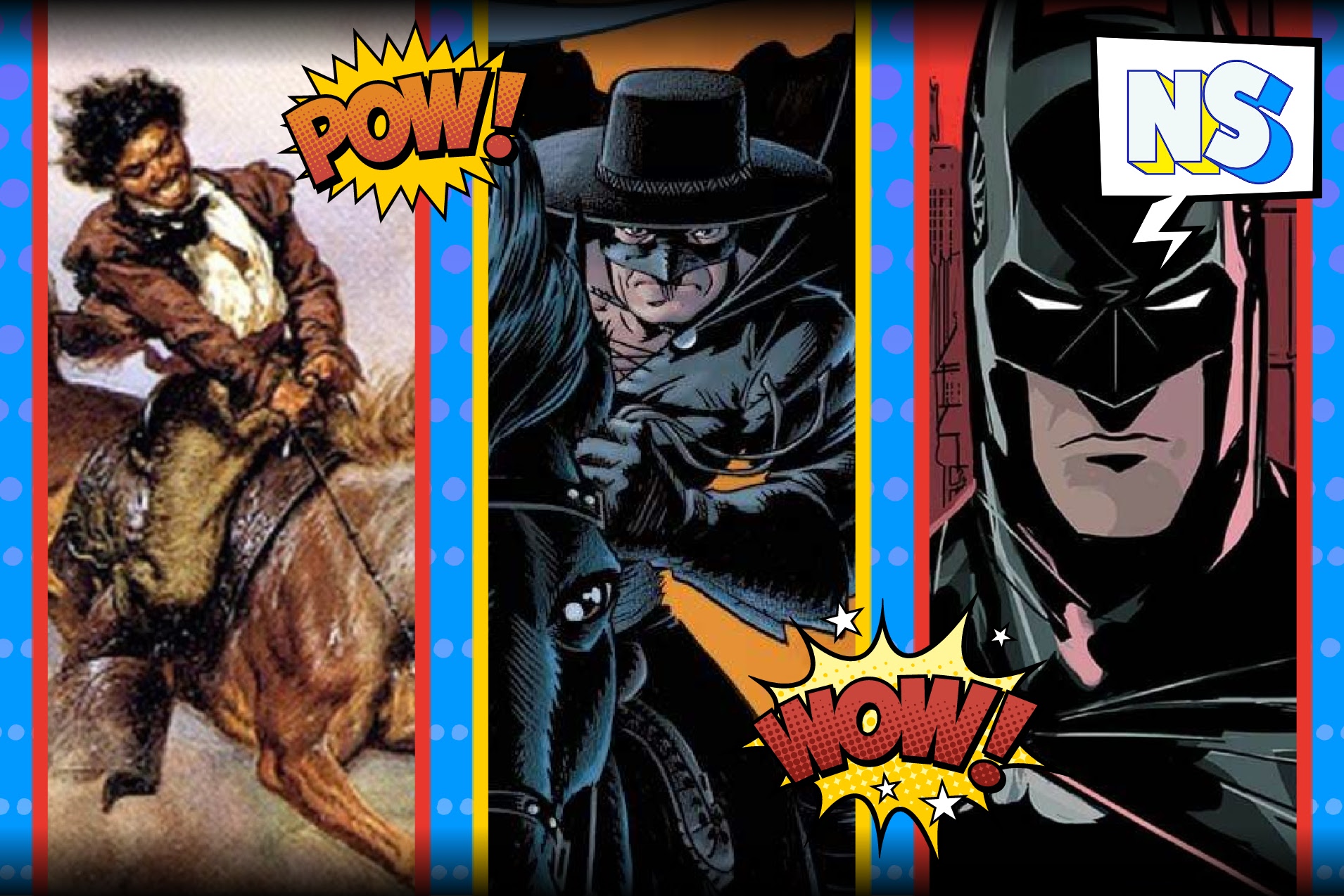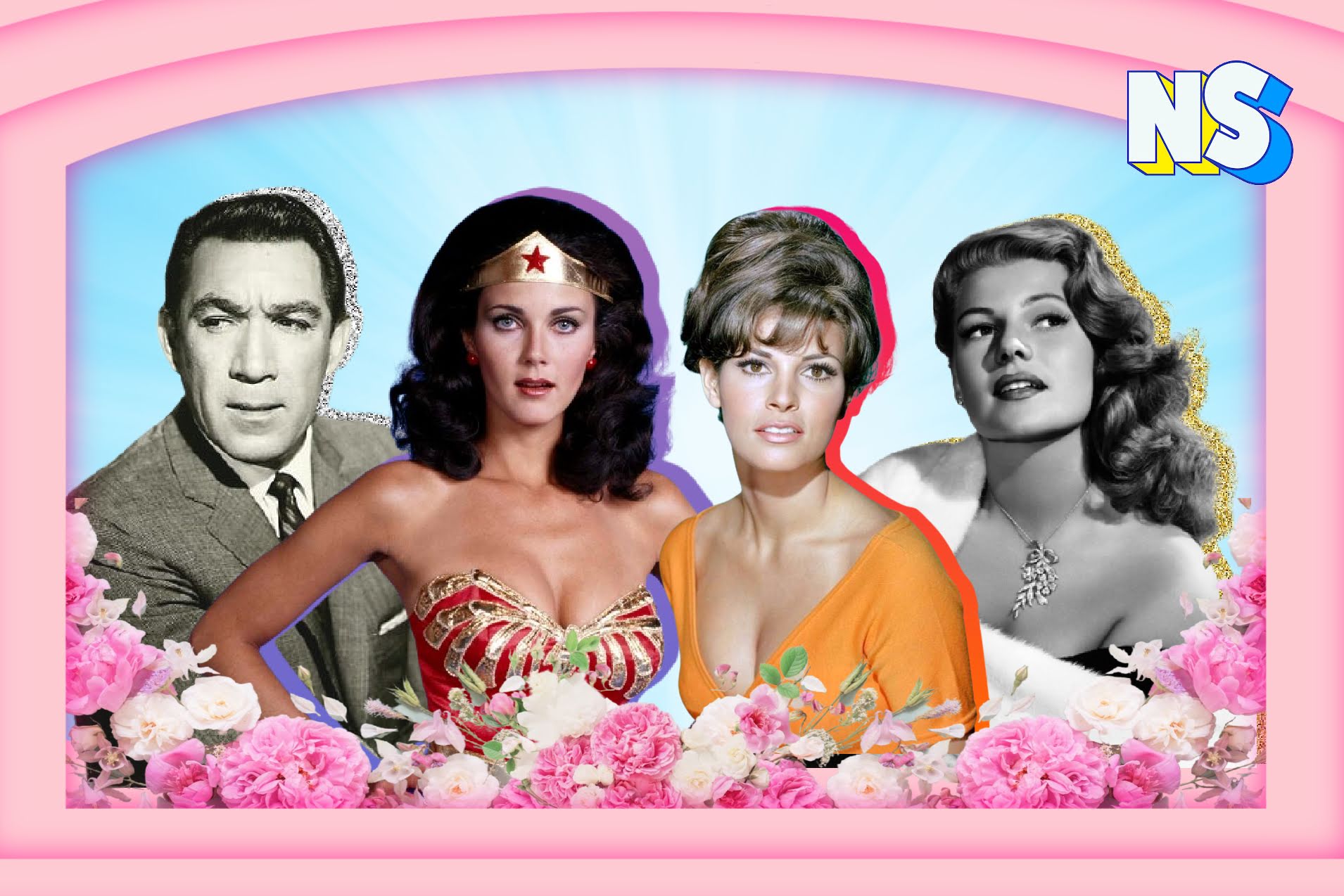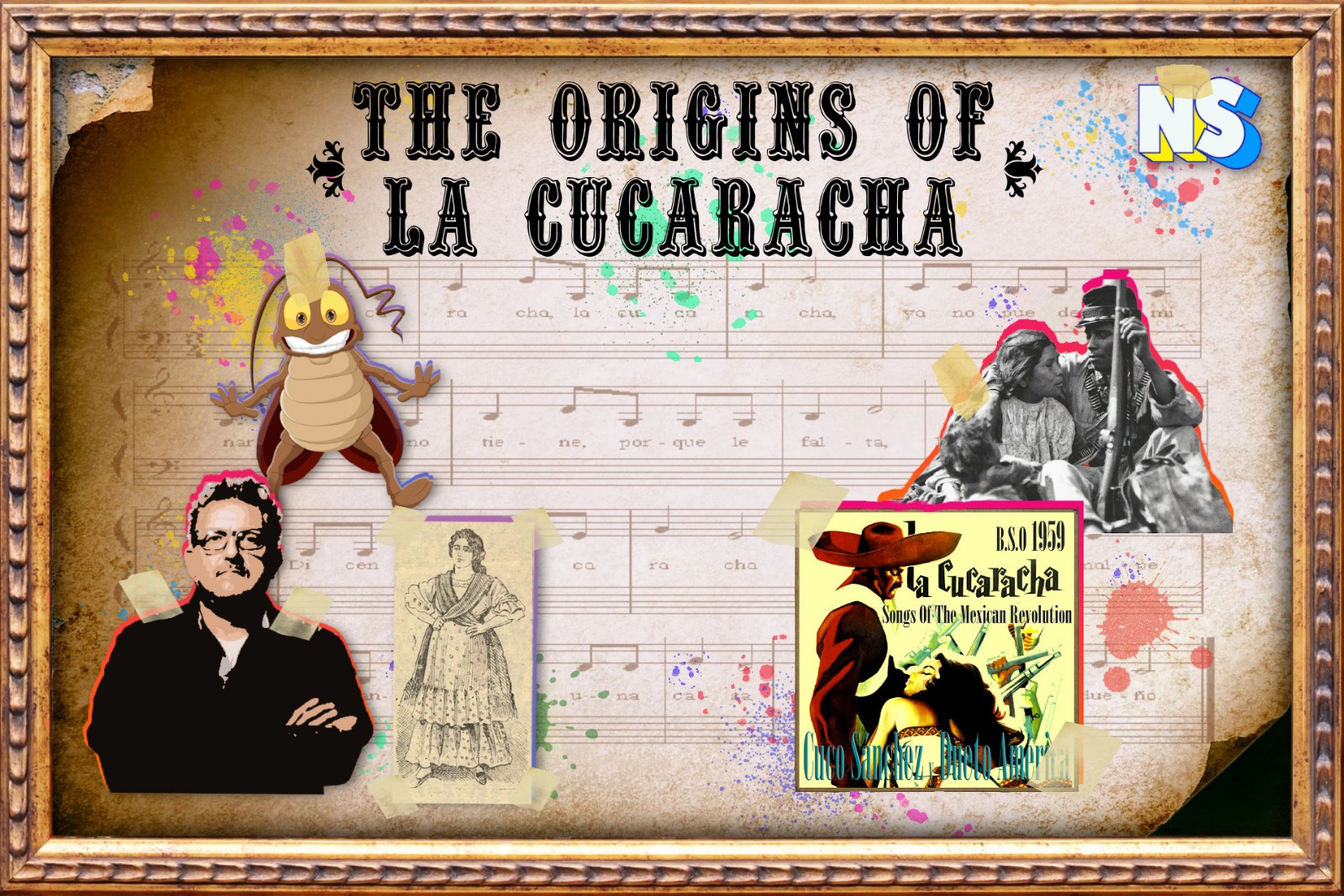Drama, deceit, romance, and plot twists are a few ingredients of a Telenovela, a cultural phenomenon that started in Latin America and quickly took over the world.
Telenovelas are serial dramas that often air during prime time, attracting a great number of viewers. If the story is successful, these shows can run for a hundred or so episodes.
But how can a telenovela be so addictive? Let’s take a look at the fun facts about the history of these cultural staples.
Fun Facts About the History of Telenovelas That You Might Not Know
‘Shh! I’m listening to la radionovela!’
Telenovelas have their roots in Latin America. Sooner rather than later, publicists noticed telenovelas would be the perfect platform to sell products, like soap. Thus, the term “Soap Opera” was born. However, prior to this evolution, they were consumed without any visuals. They started in the 1930s as radionovelas, 15-minute radio segments that targeted middle-class women. In Cuba, women who worked in tobacco factories would listen to radionovelas during their work hours. They would only stop to listen to the magic plot twist these stories are well known for.
Video killed the radio star
The first telenovela in South America came to life in 1951 in Brazil. It was called “Sua vida me pertenece,” a 15-minute live segment. The story follows a romance between an older man falling in love with a young woman. It only ran for two months with a total of 15 episodes. In 1952, Cuba released “Senderos de Amor,” a telenovela that contrasted the countryside’s morality with the city’s modernity. From there on, telenovelas became a central piece in every household.
Taboos topics and a goldmine
There’s a simple formula for a telenovela: a girl from humble origins meets a wealthy man; they fall in love and many side characters try to stop them. In the 60s and 70s, the storylines started to evolve and show taboo topics such as incest, violence, and nudity. These elements attracted more audiences and made the shows profitable. The commercial break became as important as the telenovela itself. The products shown in those commercials used catchy jingles to hook the audience. I bet that if you watched telenovelas growing up, you probably remember a few commercials jingles, don’t you?
From TV to stardom
The golden age of telenovelas came in the 80s and 90s when countries like Argentina, Brazil, Colombia, Mexico and Venezuela were the principal manufacturers of these melodramas.
Sharing the same language was advantageous to share stories between countries. Productions made in Mexico would air in Argentina and vice versa. Eventually, telenovela actors became celebrities and started working in other countries. For example, Peruvian actor Diego Bertie starred in a few telenovelas in Venezuela, and Colombia’s bombshell Catherine Siachoque moved to Miami to work with Telemundo.
Salma Hayek, Edgar Ramirez, Jaime Camil, Eugenio Derbez, and Eiza Gonzalez are big Hollywood stars now, but they also acted in telenovelas before jumping to the big screen.
The success of a telenovela goes way beyond languages. Take a look at the cast of “Rebelde.” Their band, RBD, was huge in Latin America. In order to make them more relatable to the audience in Brazil, they translated their songs into Portuguese.
A new era of stories
In the early 2000s, the storylines in telenovelas shifted. New and exciting subjects were introduced. An example of this is the Brazilian telenovela, “O clone,” which talked about cloning and the Muslim culture.
And then, the streaming services took over the world. Still, the legacy of telenovelas with bold productions continued and reruns of classics such as “Betty La Fea” or “Pasión de Gavilanes” were also released.
Be sure to know that there will be no end to telenovelas in the near future. They will continue to change along with their public. So, let’s embrace it, and shhh! My favorite telenovela is on!





